Literary rating: ★★★★★
Kick-butt quotient: ☆☆
 It took me about six years after reading the series opener to get back to the adventures of one of my favorite action heroines, Seeley James’ Pia Sabel; but I only wish I’d done so a lot sooner! Some of my comments in my review of the preceding book, The Geneva Decision, are relevant here as well, and that review also explains something of the premise and who Pia is. In this second book, we learn significantly more of her backstory (and the revelations are corkers –but no spoilers here!).
It took me about six years after reading the series opener to get back to the adventures of one of my favorite action heroines, Seeley James’ Pia Sabel; but I only wish I’d done so a lot sooner! Some of my comments in my review of the preceding book, The Geneva Decision, are relevant here as well, and that review also explains something of the premise and who Pia is. In this second book, we learn significantly more of her backstory (and the revelations are corkers –but no spoilers here!).
However, I liked this book even better. Here, there were no interspersed deus ex machina revelations to jump over plot obstacles, and for the most part I could visualize the action scenes better (with only a couple of exceptions). I attribute this to the author’s increasing skill at writing. A review by a Goodreads friend had stated that Pia isn’t the main character in this novel; I also knew that Seeley had opted here for using Sabel Security agent Jacob Stearne as a first-person narrator (actually, his narrative thread only comprises part of the book), and that Pia is kidnapped early on by the baddies. Since, for me, her character is the main draw of the series, all of this was somewhat off-putting; I feared that she would be largely inactive and off-stage here.
But I needn’t have worried; I would definitely dispute the assessment that she’s not the main character, and I can categorically guarantee that she’s neither inactive nor off-stage! Although the two characters are distinct and not clones of each other, in some ways Jacob reminds me, in his personality and his relationship to Pia, of Peter O’Donnell’s Willie Garvin and his relationship to another kick-butt heroine, Modesty Blaise; both Willie and Jacob are utterly clueless in their certainty that recreational sex is a perfectly harmless pastime and that any woman they meet should be a potential partner, and both are apt to prompt some eye-rolling moments from readers who aren’t similarly clueless. (There’s no explicit sex in the book, however.)
They differ, though, in that while Willie adores Modesty, he thinks it would be an impermissible “liberty” to entertain romantic fantasies about her, but Jacob definitely has romantic fantasies about Pia. (Of course, he also has feelings for another of our old friends from the first book, his colleague Agent Tania –but that doesn’t inspire fidelity to either woman.)
Another aspect of this book that’s superior to the first is the seriousness of the theme, because here the author takes a hard fictional look at the real-life underbelly of America’s Deep State, where an out-of-control, largely unaccountable security apparatus can too often be run by sociopaths who think only in terms of “us against them” rather than right vs. wrong, see morality and law as quaint superstitions, and can and do carry out outrages (up to and including murder) against innocents, including American citizens. (Yes, the horrors of Operation Snare Drum here are fictional –but there have been documented crimes by U.S. government personnel or “contractors” that aren’t fictional.)
To his credit, Seeley doesn’t portray this as a partisan issue with just one establishment party as the bad guys, because it isn’t; it’s not a Republican vs. Democrat issue, but of decent Americans of whatever party label vs. traitors to our ideals regardless of what party label they use. (Though this was written during the Obama administration, it’s set after it, with a fictional new President of unspecified affiliation.) It’s a needed eye-opener for any American who cares about the rule of law and ethics in government –which is why I’ve recommended it as not just for genre fans!
A quick disclaimer: Seeley and I are Goodreads friends (though he’s not very active here), but I bought my copy of this novel myself, and my rating wasn’t at all affected by his “friend” status.
Author: Seeley James
Publisher: Amazon Digital Services, available through Amazon, both as a paperback and an e-book
Book 2 of 2 in the Sabel Origins series.





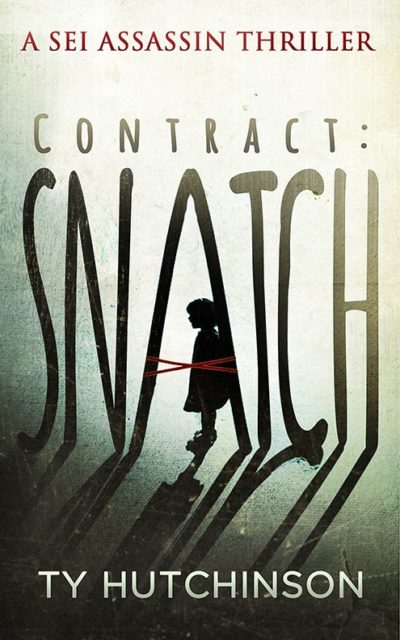 Sei is a former assassin, who quit the industry after getting pregnant, then having her daughter stillborn. She has taken up a quiet life in the Belgian countryside, when she’s brought out of retirement by a shocking offer she received over the deep web. Her prospective employer says Sei’s daughter is not dead, and offers information in exchange for carrying out a job: breaking another assassin, the notorious Black Wolf, out of the Turkish prison where he is being held. After confirming with the doctor who was present that the claim of her daughter’s survival is true, Sei accepts the mission. However, it turns out she was set up as a patsy, and finds herself also incarcerated in conditions which seem not have improved much since Midnight Express.
Sei is a former assassin, who quit the industry after getting pregnant, then having her daughter stillborn. She has taken up a quiet life in the Belgian countryside, when she’s brought out of retirement by a shocking offer she received over the deep web. Her prospective employer says Sei’s daughter is not dead, and offers information in exchange for carrying out a job: breaking another assassin, the notorious Black Wolf, out of the Turkish prison where he is being held. After confirming with the doctor who was present that the claim of her daughter’s survival is true, Sei accepts the mission. However, it turns out she was set up as a patsy, and finds herself also incarcerated in conditions which seem not have improved much since Midnight Express. Although I haven’t read much pirate-themed fiction, I find the premise interesting; so I’ve had my eye on this historical novel ever since the BC library (where I work) acquired it. It definitely didn’t disappoint! Set mostly in the early 1720s, with some stage-setting in the years leading up to those, this action-packed tale follows the life and adventures of first-person narrator Nancy Kington (b. ca. 1704), the daughter of a Bristol merchant, who finds herself packed off to the family’s plantation in Jamaica at the age of 15, and is subsequently led by circumstances to voluntarily sign articles on a pirate ship.
Although I haven’t read much pirate-themed fiction, I find the premise interesting; so I’ve had my eye on this historical novel ever since the BC library (where I work) acquired it. It definitely didn’t disappoint! Set mostly in the early 1720s, with some stage-setting in the years leading up to those, this action-packed tale follows the life and adventures of first-person narrator Nancy Kington (b. ca. 1704), the daughter of a Bristol merchant, who finds herself packed off to the family’s plantation in Jamaica at the age of 15, and is subsequently led by circumstances to voluntarily sign articles on a pirate ship.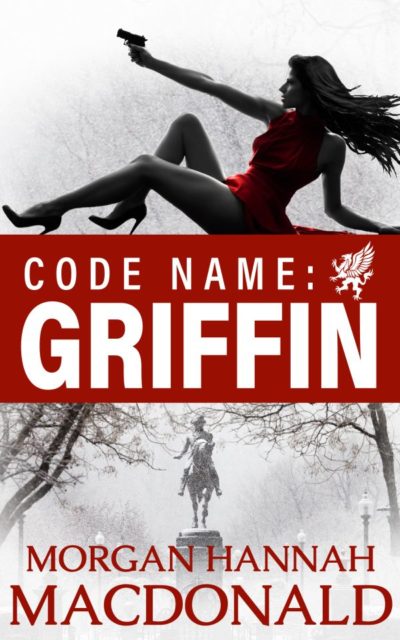 A painfully clunky mix of spy and crime thrillers, this really needs to decide which it wants to be. Alexandria Kingston – code name Griffin, in case you hadn’t guessed – was an abused child, with the good fortune to be rescued and brought up by Margaret Murphy, the head of Irish organized crime in Boston. Though to avoid Alex being targeted for leverage, she was never acknowledged to be part of the family. As an adult, Alex joined the CIA and became a top field agent, jet-setting over the globe on demand. But when her foster mother suffers a stroke, she returns to Boston to find herself in the middle of a war for control of the turf. The rival Killeen clan, sensing an opportunity, pounce. It’s up to Alex and her brothers to defend the family – and then take the battle to the Killeens.
A painfully clunky mix of spy and crime thrillers, this really needs to decide which it wants to be. Alexandria Kingston – code name Griffin, in case you hadn’t guessed – was an abused child, with the good fortune to be rescued and brought up by Margaret Murphy, the head of Irish organized crime in Boston. Though to avoid Alex being targeted for leverage, she was never acknowledged to be part of the family. As an adult, Alex joined the CIA and became a top field agent, jet-setting over the globe on demand. But when her foster mother suffers a stroke, she returns to Boston to find herself in the middle of a war for control of the turf. The rival Killeen clan, sensing an opportunity, pounce. It’s up to Alex and her brothers to defend the family – and then take the battle to the Killeens.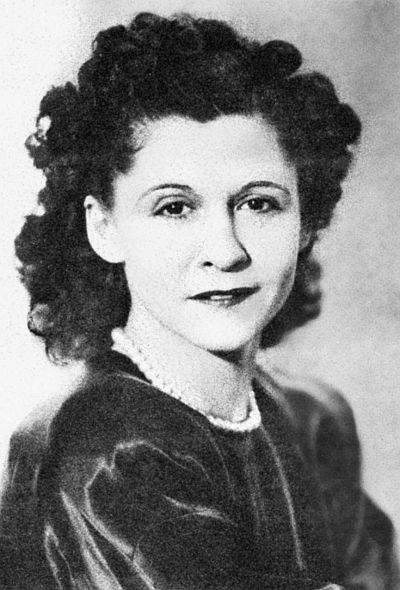 In September 1941, the author returns to Manila, the capital of the Philippines, starting work as a nightclub singer and falls in love with American GI, John Phillips. Which is unfortunate timing, because soon after, the Japanese bomb Pearl Harbor, kicking off the war in the Pacific. A hasty marriage to John follows on Christmas Eve, but Japan invades, and Claire’s husband becomes a prisoner of war. Left to fend for herself, after a period spent hiding out in the countryside, she returns to Manila, adopting the persona of Dorothy Fuentes, born in the Philippines of Italian parents. In order to help the resistance, she opens a venue, Club Tsubaki, aimed at officers of the occupying forces.
In September 1941, the author returns to Manila, the capital of the Philippines, starting work as a nightclub singer and falls in love with American GI, John Phillips. Which is unfortunate timing, because soon after, the Japanese bomb Pearl Harbor, kicking off the war in the Pacific. A hasty marriage to John follows on Christmas Eve, but Japan invades, and Claire’s husband becomes a prisoner of war. Left to fend for herself, after a period spent hiding out in the countryside, she returns to Manila, adopting the persona of Dorothy Fuentes, born in the Philippines of Italian parents. In order to help the resistance, she opens a venue, Club Tsubaki, aimed at officers of the occupying forces. briskly functional rather than particularly memorable: by which I mean, I read the book in fairly short order… only to discover, when I finished it, that I didn’t remember very much about it. Not even the heroine’s name. Mallory? Mindy? Miley? Definitely an M word… Ah, yes: Melody Cale. She’s an agent for the Geirty Solutional Diversity Group, a murky government organization – also known as the Get Shit Done Group – who “do what the CIA couldn’t… without having politicians, or reporters, looking over their shoulders.”
briskly functional rather than particularly memorable: by which I mean, I read the book in fairly short order… only to discover, when I finished it, that I didn’t remember very much about it. Not even the heroine’s name. Mallory? Mindy? Miley? Definitely an M word… Ah, yes: Melody Cale. She’s an agent for the Geirty Solutional Diversity Group, a murky government organization – also known as the Get Shit Done Group – who “do what the CIA couldn’t… without having politicians, or reporters, looking over their shoulders.”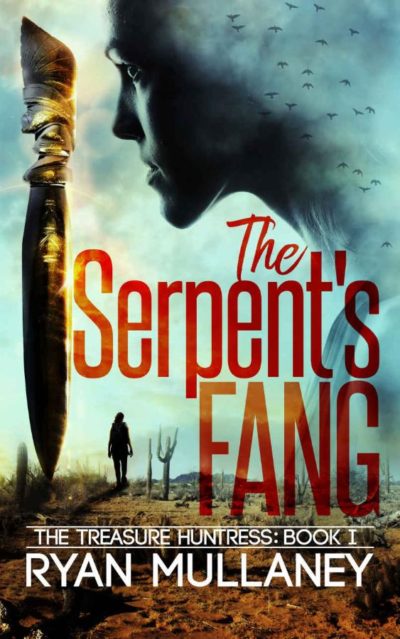 This book comes with a fairly lengthy note at the end, in which the author explains how he came to the idea here. Five words are all that were necessary: “I ripped off Lara Croft.” Because this is the closest I’ve yet seen to the literary version of an Asylum mockbuster movie, such as
This book comes with a fairly lengthy note at the end, in which the author explains how he came to the idea here. Five words are all that were necessary: “I ripped off Lara Croft.” Because this is the closest I’ve yet seen to the literary version of an Asylum mockbuster movie, such as  The synopsis starts, “
The synopsis starts, “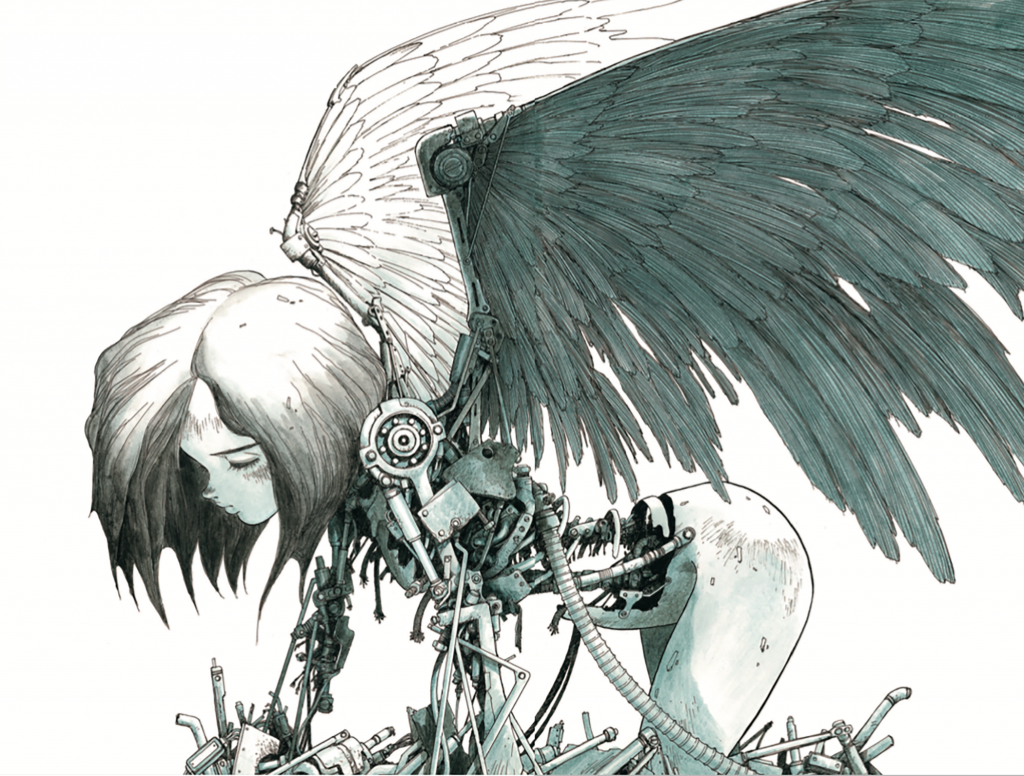
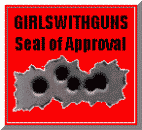 I used to read a
I used to read a  wever, there’s still an amazing amount going on in terms of story-line and universe-building. You can easily see how the feature film will only be able to cover perhaps one-quarter of the series. I presume it will begin with the origin story, in which Ido finds the head of Alita in the scrapyard beneath the floating city of Tiphares, and gives it a cybernetic body. He’s a part-time bounty hunter, only to find out quickly, the combat abilities of his new charge far surpass his own. Unfortunately, she has little or no memory of her prior life; where she got these skills and how she ended up in the scrapyard is only revealed well into the series.
wever, there’s still an amazing amount going on in terms of story-line and universe-building. You can easily see how the feature film will only be able to cover perhaps one-quarter of the series. I presume it will begin with the origin story, in which Ido finds the head of Alita in the scrapyard beneath the floating city of Tiphares, and gives it a cybernetic body. He’s a part-time bounty hunter, only to find out quickly, the combat abilities of his new charge far surpass his own. Unfortunately, she has little or no memory of her prior life; where she got these skills and how she ended up in the scrapyard is only revealed well into the series.








 “In this world, you are nobody unless you can wield a sword, and I will not be nobody! My life will count for something!”
“In this world, you are nobody unless you can wield a sword, and I will not be nobody! My life will count for something!”